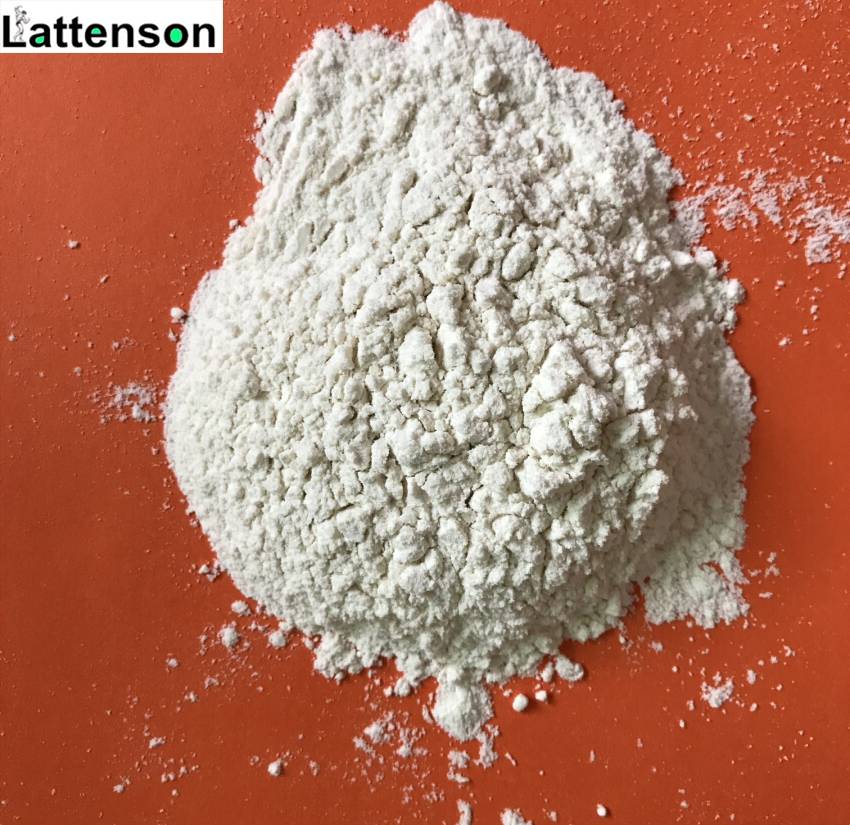MF: C18H22ClNO2
МВт: 319.82578
Синонимы: ПРЛ-8053;ПРЛ-8-53;Метил 3-(2-(бензил(Метил)амино)этил)бензоат гидрохлорид;3-(2-мл Масло виноградных косточек Сустанон 250мг/мл рецепт -2,5мл БА(метил)аминоэтил)гидрохлорид метилового эфира бензойной кислоты;м-[2-(Бензилметиламино)этил]гидрохлорид метилового эфира бензойной кислоты;Бензойная кислота, 3-(2-(Метил(фенилметил)амино)этил)-, Метиловый эфир, гидрохлорид;Метил 3-(2-(бензил(метил)
Абстрактный
ПРЛ-8-53 (химическое название Метил 3-(2-(бензил(метил)амино-)этил)бензоат) синтетическое ноотропное соединение, обнаруженное в 1972 и запатентован в 1975 покойный доктор. Николаус Хансл, нейрофармаколог из Крейтонского университета в Омахе, Небраска. Предварительные испытания на животных показали, что соединение является безопасным и обладает значительным ноотропным действием., усиление обучения избеганию у грызунов без побочных эффектов. Но настоящий интерес к ПРЛ-8-53 был вызван 1978 исследование на людях-добровольцах, которые показали, что однократная доза соединения может улучшить показатели запоминания слов более чем 200%
заявка
Точные механизмы действия PRL-8-53 недостаточно изучены., но обычно считается, что он регулирует выработку мозгом нескольких важнейших нейротрансмиттеров и реакцию на них.. В своих отчетах об исследованиях на людях и животных Хансл указал, что PRL-8-53 усиливает дофамин., частично ограничивает выработку серотонина, и усиливает реакцию мозга на ацетилхолин.
Хотя исследовательский отчет Хансла по 1978 исследования на людях предполагают такие действия, он не дает четкого описания механизма действия. Тот факт, что пожилые субъекты видели наибольшую ноотропную пользу от приема препарата, подтверждает концепцию о том, что модуляция дофамина играет важную роль в эффектах PLR-8-53.. Повышение регуляции нормального возрастного снижения выработки дофамина, связанного со снижением когнитивных функций, может оказать значительное положительное влияние как на обучение, так и на память..
Технические характеристики
| Вещь |
Стандарт проверки |
Стандарт анализа |
| Появление |
Беловатый твердый порошок |
Соответствовать |
| Идентификация |
Соответствует ЯМР |
Соответствует |
| Температура плавления |
149-152° C |
150-151° C |
| Убыток от высыхания |
Стандарт анализа |
0.21% |
| Остаток при прокаливании |
≤1,0% |
0.32% |
| Чистота(ВЭЖХ) |
≥99% |
99.2% |
| Тяжелые металлы |
не более 20 частей на миллион |
Соответствует |
| Заключение:Этот продукт при проверке соответствует внутреннему стандарту. |
Дозировка
Единственное исследование PRL-8-53 на людях было основано на приеме внутрь одного 5 доза мг. Данных об эффективности или потенциальной токсичности любой другой дозировки у человека нет..











 Менеджер по продажам
Менеджер по продажам